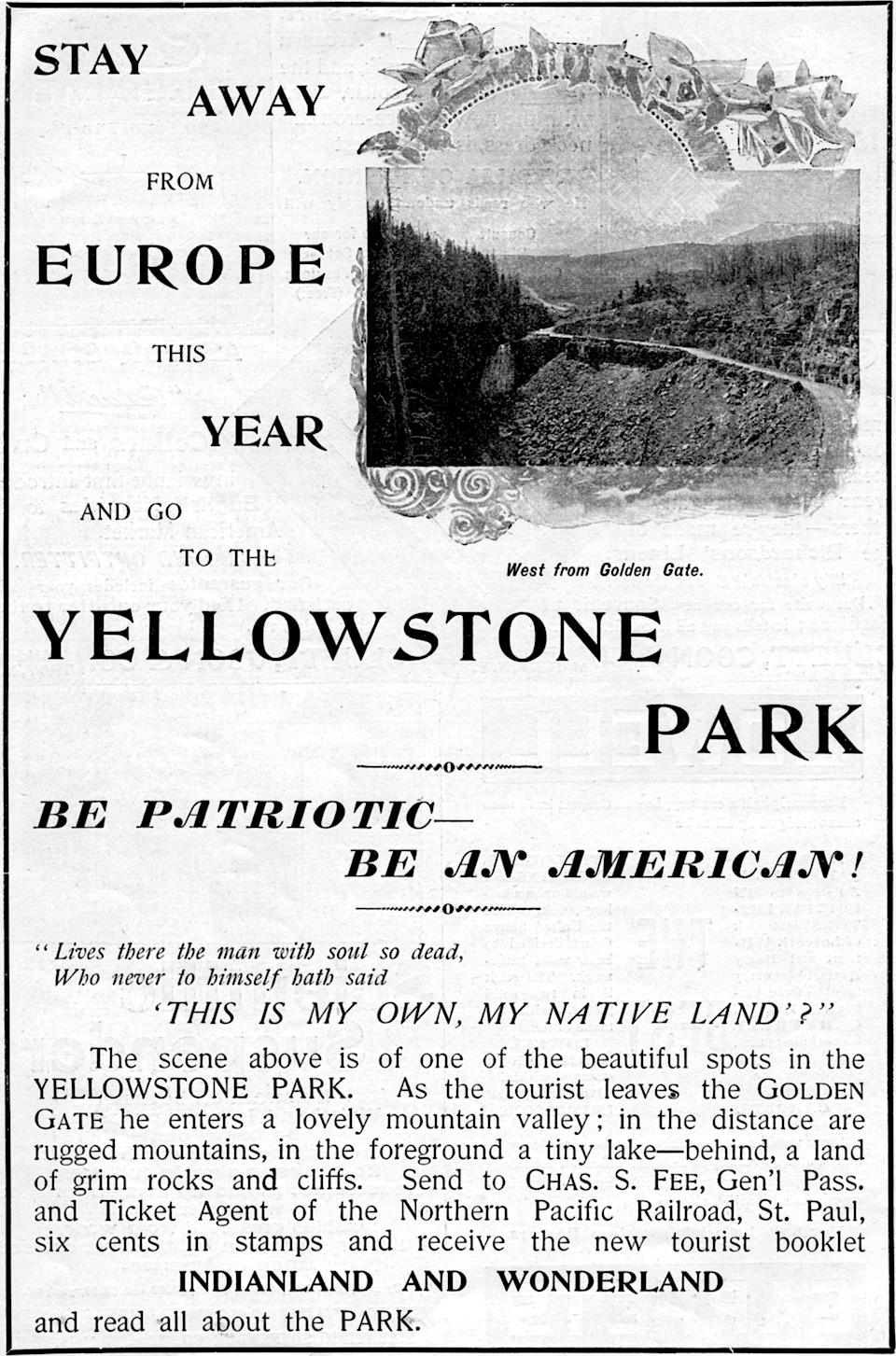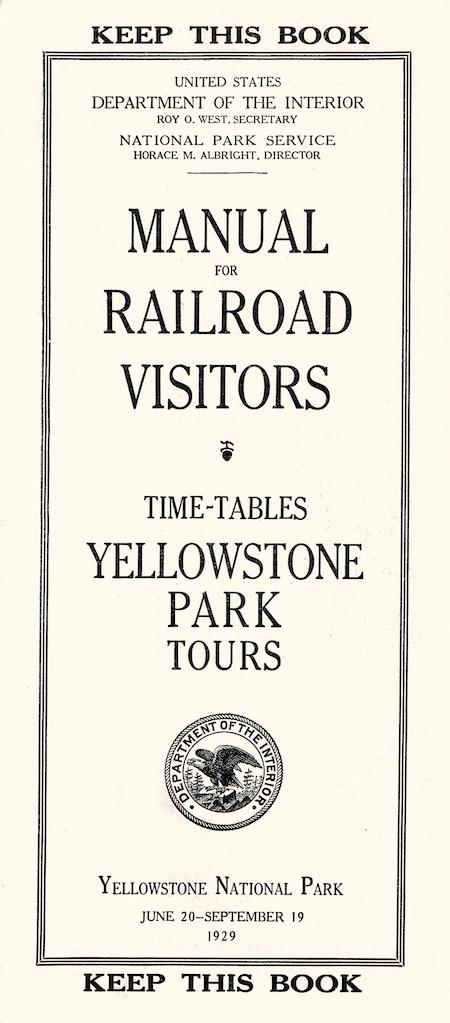
Rail advocates continue reminding the White House of the linkage between trains and Trump Country
What started as a campaign to save the long-distance passenger train has suddenly gotten personal. Just weeks ago, President Trump threw down the gauntlet, insisting he would veto any appropriations bill containing them.
Western rail advocates answered with a video. Now in a second video, they seem ready for a brawl. In it, they argue that the president will only support Amtrak's Northeast corridor, while abandoning the long-distance routes that stretch across the country, touching some national parks along the way.
Of the West’s five long-distance trains, only the Coast Starlight (Los Angeles/Seattle) runs totally within states that voted for Hillary Clinton. The four others cross principally red states that voted for Donald Trump.
“It’s not that the president doesn’t care,” insists Tony Trifiletti, who heads the Western Interstate Trains Coalition. “It’s rather that he’s being poorly advised. His staff knows airlines, not trains, and that limited to dumping service. It’s little wonder they plan the same for Amtrak. Dump the smaller cities and increase your revenue.”

But that will never happen, Trifiletti insists.
“The Northeast corridor, for all of its major cities, is still basically a short-haul operation. The trains don’t go far enough to offset enormous fixed costs.”
To be sure, a July 6 article in The Wall Street Journal puts the cost of updating the corridor “to a state of good repair” at $42 billion.
“Imagine if just a fraction of that were invested in the West—including the national parks,” Trifiletti dreams. “We could have three trains a day on every long-distance route—even new routes—and finally restore the North Coast Limited.”
He means the train made famous for opening Yellowstone—inspiring all of the Western railroads to follow suit. By 1916 and the establishment of the National Park Service, Yellowstone in fact had four daily trains. Glacier, Grand Canyon, and Yosemite averaged two each.
“And that for a country with just 110 million people,” Trifiletti adds. “We have triple that number today. And don’t forget foreign visitors. In Europe, they give us beautiful trains to ride. In America, we shove everyone onto buses that spend barely an hour or two in the parks.”
The environmental cost gives Trifiletti pause.
“I believe Edward Abbey called it Industrial Tourism,” he recalls. “When a light-rail system was proposed for Grand Canyon, the Park Service cut it off at the knees. Now look at South Rim. It’s nothing but a parade of buses from Phoenix and Las Vegas, upwards of 200 a day, I’m told.”
Will Trump Country save the passenger train?
“The irony is certainly palpable,” Trifiletti concludes. “Why scuttle the trains where you got your votes?”



Comments
Because unlike proffessional politicians, he is far less susceptible to pandering for votes. He looks at the numbers. https://reasonrail.blogspot.com/2014/11/amtrak-routes-by-2014-cost-recov...
Yes, EC, but here is the salient comment following the article you cite:
"Without detailed transparent explanations and justifications of how Amtrak allocates its costs to each route, I find this information to be uniformly uninformative.
Given Amtrak's well-known bias in favor of the Northeast Corridor, very strong incentives to load off as many costs as possible to state-subsidized corridors and current management's anti-long distance train stance, I simply don't buy these numbers until Amtrak provides well-documented details of their cost allocation system."
Amen! Really, do you believe everything The Swamp is telling you? Every airline in the country also tells you it is "profitable"--until they file for bankruptcy and reorganization, the exceptions being Southwest and Alaska. And look what their competitors have tried doing to them? Amtrak wants what it wants--the Northeast Corridor. Even The Wall Street Journal just made that clear. $42 billion more will be needed just to maintain the rinky-dink tracks they have today. Trump is wrong on this one--and wrong on the parks, as was President Obama wrong on the public lands. We need trains if we believe in conservation--not just wind farms and solar power plants. But no, like the ever-shrinking seats and toilets on airplanes, comfort and common sense are too much to ask.
Yes Alfred - that quote is from a commentor, not the author of the post. The author of the post goes on to indicate the "conspiracy theories" regarding Amtrack accounting have been shown as such in previous posts.
BTW Al - the last bankruptcy of a major airline (AMR) was in 2011. In 2010 the reported a loss of $471 million and in 2009 a loss of $1.5 billion. So no, every airline in the country doesn't tell you it is "profitable"--until they file for bankruptcy and reorganization. Their accounting shows their struggles well ahead of time.
I believe Albert Einstein put it something like this: "There are lies, damned lies, and statistics." It is no "conspiracy theory" that Amtrak is a bureaucracy bent on surviving in The Swamp. I first testified in Congress on the subject in 1979 (House Subcommittee on Transportation). Meg Greenfield took my op-ed for The Washington Post--and Robert J. Donovan for The Los Angeles Times. So Amtrak had to do something, and guess what? They invented a new accounting formula! It's true! Trust us! The farther a train goes and the more people it carries, the more losses it sustains. Fewer people and shorter routes make money! Sure, until you drop the nonsense about operating costs and include your true fixed costs in the formula. Who gets to separate them in real life? Only Amtrak that I see. What I want to see "separated out" is every individual train in the Northeast Corridor. You mean all of them are full--and all making money? Fat chance of that when rush hour is over.
In any event, $42 billion isn't chump change. You could run the Empire Builder on that for another 840 years--and the Empire Builder would be full.
Right on target...as usual.
"There are lies, damned lies, and statistics." Mark Twain said it, not Einstein.
To be fair, Amtrak owns the tracks in the Northeast Corridor and are responsible for their maintenance. Amtrak itself was created in an act that relieved the participating railroads of a requirement to provide passenger service. That was part of the deal when private railroad were given extensive powers that included eminent domain. So these railroads still own the tracks and are responsible for maintaining them. They're required to allow Amtrak use of these tracks, and theoretically give passenger rail the highest priority, but that's a long discussion.
Amtrak's costs outside of the Northeast Corridor are more about the costs of operating the trains.